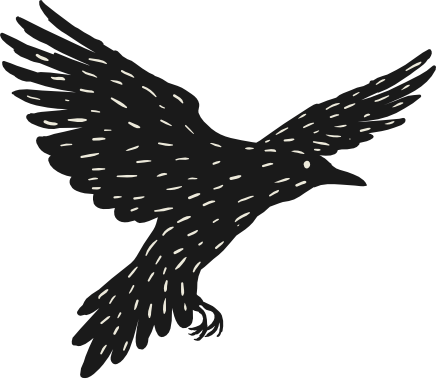Off and on since 1998 I’ve had the privilege to work as an ethnoecologist with Ayoreo communities in the Paraguayan Chaco– a small language group of perhaps 4-5,000 speakers who have experienced a truly harrowing process of ‘coming into’ Euro-Paraguayan society over the last decades. This morning I opened up my email to find a browser news-alert that Volkswagen proposes to name its new electric car the VW Ayoreo. After I finished shrieking in dismay and throwing things in my office, I became interested in why this bothers me so much. I don’t know, really, how my Ayoreo friends in the Paraguayan Chaco might respond. Some might be annoyed and offended, more would probably be bemused or tickled by it. Another inexplicable Cojñone (white people) phenomenon. It turns out that VW never developed this prototype. Nevertheless I wanted to dig a little deeper into why so many companies usurp ethnonyms in their branding– VW did go ahead with the Touareg luxury ride and spirited performance vehicle, after all, named after North African pastoral/nomadic peoples.
The practice of naming machines is perhaps a leftover from the branding of horses, cattle and other livestock from a particular ranch—which not only denotes ownership but also conveys known qualities of training or tastiness. It is also a legacy of a Euro-Enlightenment addiction to taxonomic categorization and nominalization. We Cojñones love to turn collectives into singular nouns, love to bind processes into stasis, and love to distill diversity into stereotype. By multiplying branded models, companies also sell more. So transforming the name of a living, diverse, vibrant people with a particular history into the brand mark of a dead, expensive machine for the profit of CEOs and shareholders is culturally predictable. Thus, we have the Winnebago RVs, General Motors Pontiac, Jeep Cherokee, Mazda Navajo, and so on.
[I just want to take a second here and apologize. Sorry about this practice, everyone.]
We also have the U.S. Military series of Apache, Kiowa, Lakota, Chinook, Cherokee and Comanche helicopters (which have been discussed widely in the blogosphere, for example see A View From a Washichu and Lakota Celebrate Lakota Helicopter) and the Mohawk Armory semi-automatic rifle, among other uses and abuses of Native American names.
There is a strong odor of fetishism, and perhaps totemism at work here: capturing-by-naming the elusive juju energy of less pavement-bound peoples, so that when we drive our VW Touareg through suburbia to work every day we can subconsciously imagine we have access to the life-spark of a tough, camel-riding desert warrior who fought against the French invasion of his people’s territories in northern Africa? The anthropological theory of contagion holds that we get some of that rugged, intrepid, ‘closer to nature’, kick-ass prestige rubbed off on us in our imaginational self-image.
Are we, on a subtle collective semi-conscious level, reiterating the violent message: “we’ve taken your land, your resources, now we take your names”? Tribal names are not trademarked! Perhaps they should be protected, though. Notably, the names that are used most are taken from tribes that resisted and fought colonizing forces, not from old allies. There is a domineering aspect to the process, a testosteroid marking of the spoils of conquest, as well as an admiration and co-opting of the fierceness of a tenacious opponent. Would VW name a car model, Oneida, or Ohio, peoples who helped Anglo-American forces in the Revolutionary and Seven-Years Wars? The connotations of these ethnonyms are not exciting enough for cars, it seems, but make good dinnerware.
Is this a common practice of conquerors and colonists? Did Genghis Khan name his favorite steeds after peoples his army had pillaged: Caucasia, perhaps? Maybe Hannibal called his best war elephant Hispania, or Gaul? After taking the lands, take the names, one of the last moveable pieces of power.
I’m going to take down the chrome lettering Golf on my Volkswagen and replace it with VW Wasichu. Or perhaps, VW Cojñone. Just to see how that feels.
